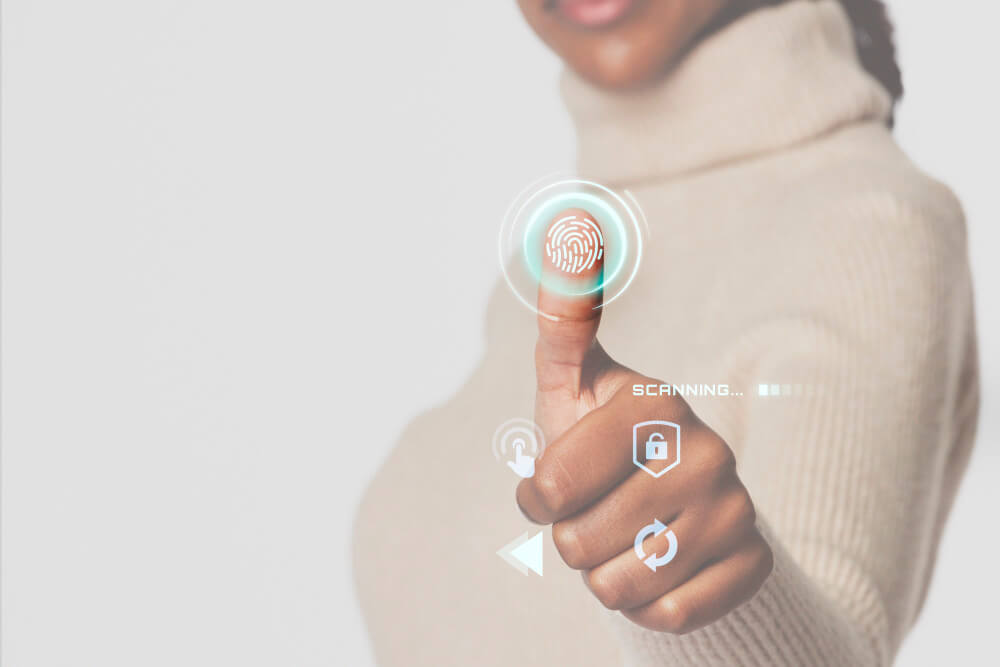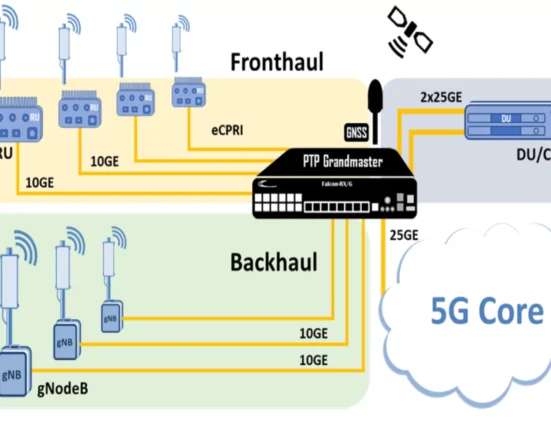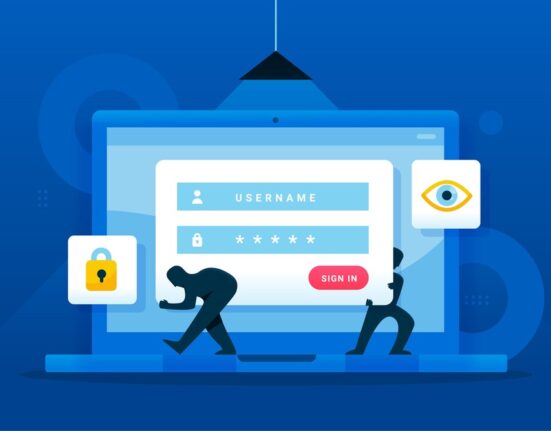While access cards continue dominating the access control industry, some businesses are shifting toward smartphone Bluetooth-enabled technologies. These provide customers with frictionless entry through protected doors, elevators, and turnstiles. The introduction of mobile identification has the possibility of transforming the access control sector. A phone’s technology can help validate identity and allow entrance rather than carrying and swiping a card, thus, making it the future of access control.
The use of mobile identification instead of a physical card to communicate with an access control reader is becoming more and more popular. Mobile identification is more practical, flexible, and enhances privacy. They can also help users maintain their identity management at a low price. With fingerprint and iris scanning, the biometric system is also developing. Several biometric identification techniques may occasionally be implemented in addition to cards to increase security.
Physical cards will continue to play an essential role in safely providing or restricting access even as technology develops and advances. This is because they represent a trusted identity. By regulating admission or limiting access within a facility, physical cards are an essential element of commercial security systems that keep buildings and designated areas secure and safe. A physical card and a digital identification together offer multi-layered security.
Introducing smart cards
Smart cards are the most current innovation in the market for access control cards. Smart cards were created to be difficult to duplicate. The most secure technology is smart cards, which operate at 13.56Mhz. Smart cards have an embedded integrated circuit that allows them to store more data than conventional proximity cards and offer a wide range of credential options. Smart cards can also write data in addition to reading it. Personal identity, authentication, data storage, and application processing are all possible with smart cards. For increased security, they can be paired with other card technologies.
How the system works
The capacity of access control systems to assign particular identities to particular doors and to turn off access at any time is remarkable. Additionally, you don’t have to be physically present on the premises to carry out all of these tasks with smart access control systems. Your phone or laptop can act as the remote control for all the access control points in your business with the help of flexible and smart online control through the internet. In other words, smart access control systems can be connected to Bluetooth, Wi-Fi, or GPS-enabled applications and are powered by smart devices. The finest biometric attendance system for corporations could be one of these gadgets.
Any effective security strategy needs this kind of system, and as technology develops, we should use the most up-to-date access control methods available to prevent security strategies from having any flaws.
Importance of smart access control in security
Access control serves to prevent unauthorized individuals from entering a facility or a specific place. Security is now seen as a vital requirement for homes, businesses, shops, etc. in the modern world. There have been many developments in the sector of access control as more and more people have begun to take the security of their facilities very seriously. As we shift from simple to intelligent security protocols, smart access control systems are becoming essential.
Governments, businesses, and property managers should prioritize a trusted identity at a time of increasing security concerns while balancing the demand for quick and easy access. The demand for greater security has led to an increase in the use of access control cards across the world.
Access control is being improved by technological developments in security systems, such as the use of wireless technology. Many sectors are switching to smart cards since security is a top priority for both public and private institutions. The government, healthcare, and financial sectors use smart cards the most frequently, while businesses and higher education frequently use proximity cards. Smart cards are also the most secure form of an access card.
Although cards will still be required for entry, there is a clear transition toward mobile credentials and biometrics.






